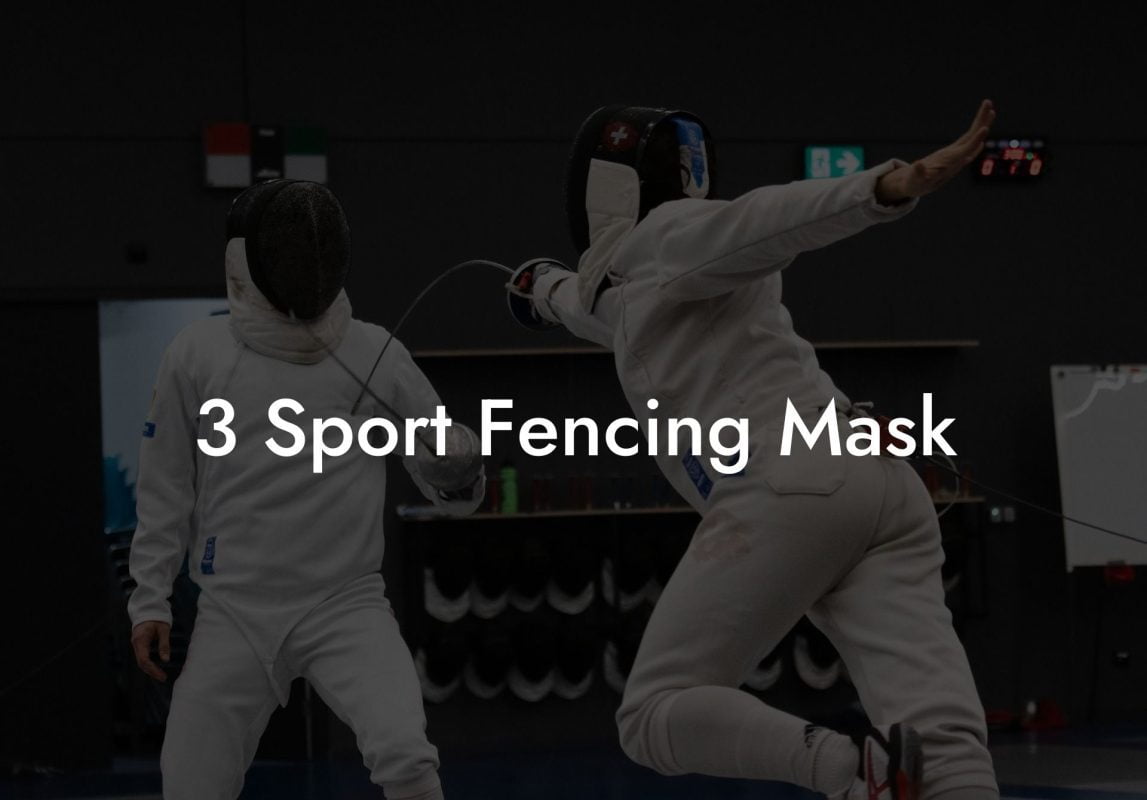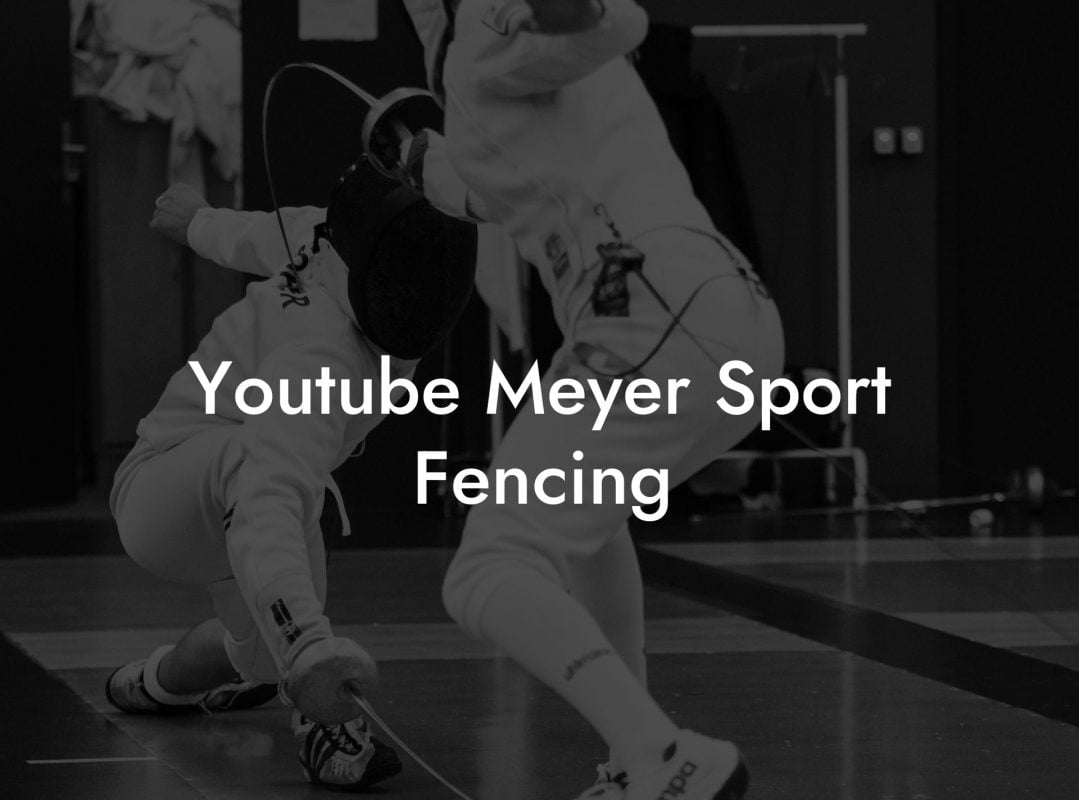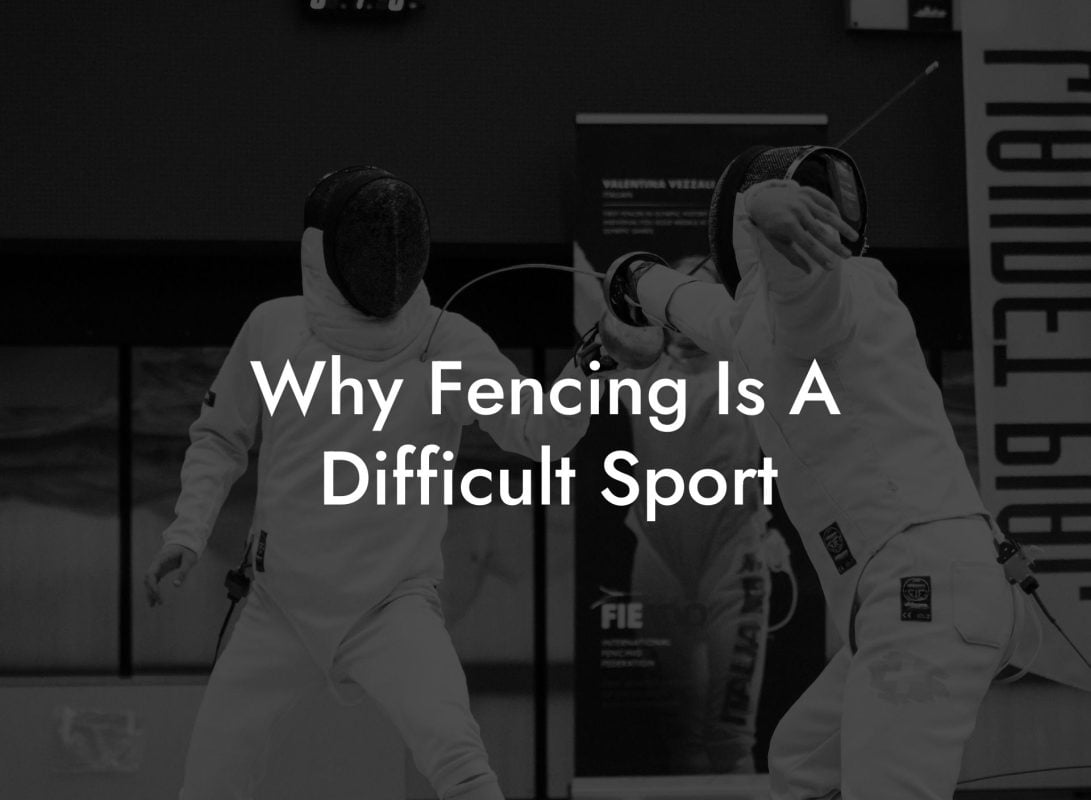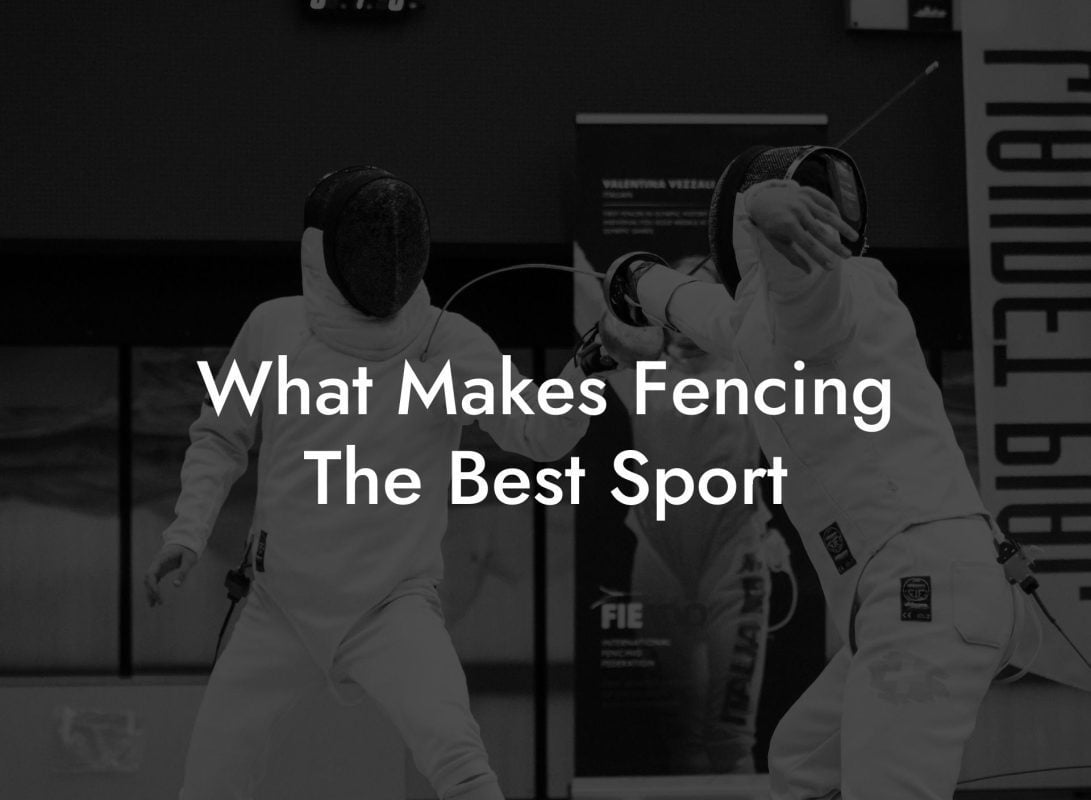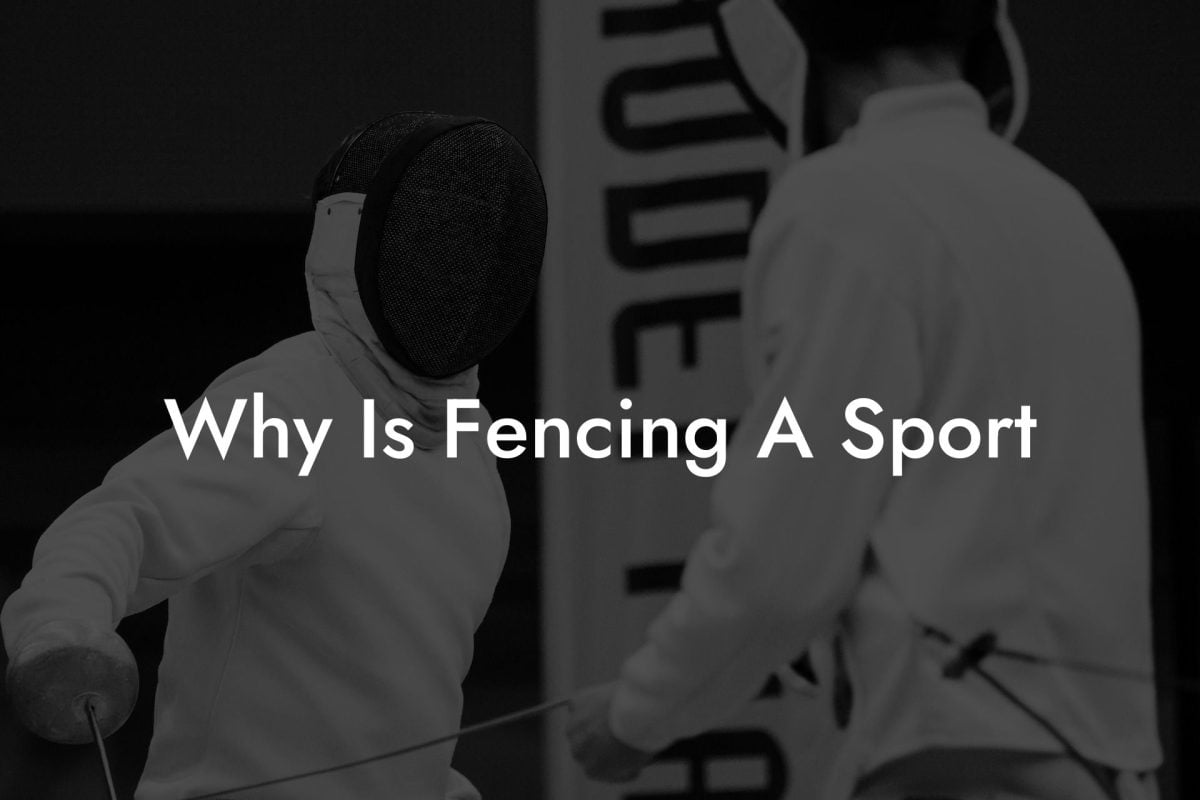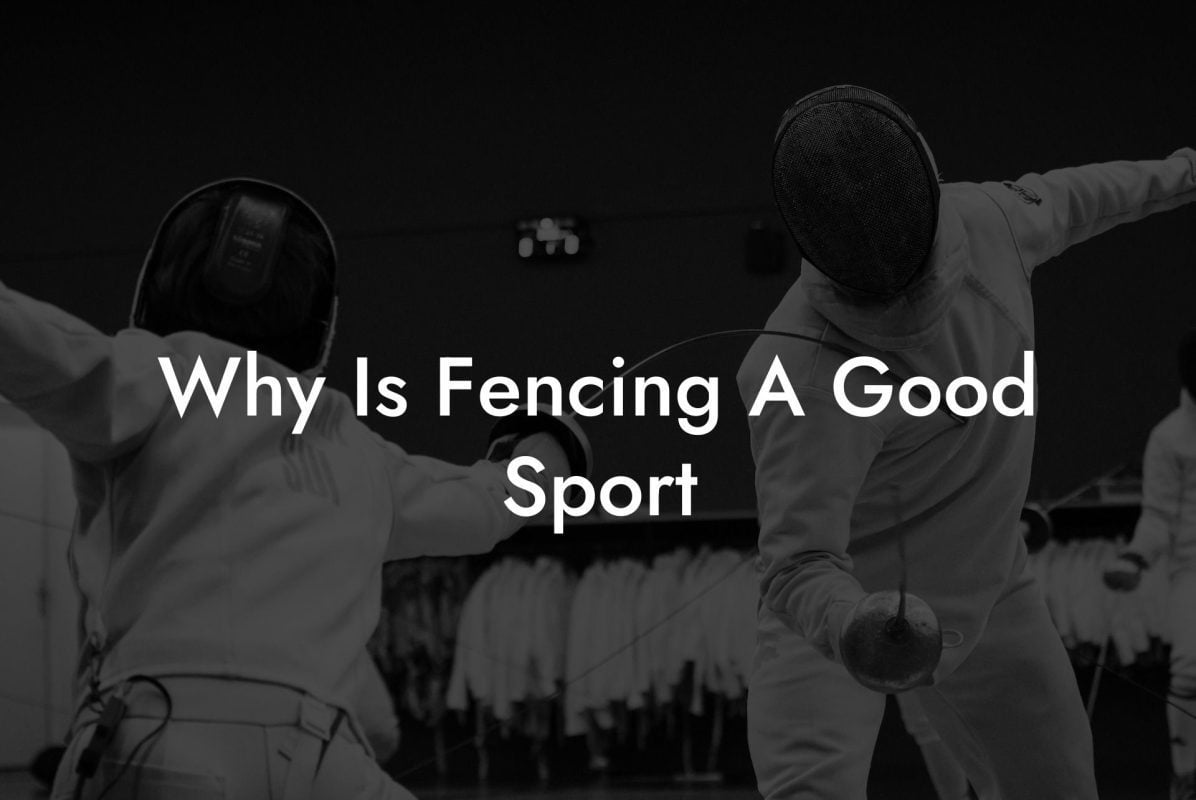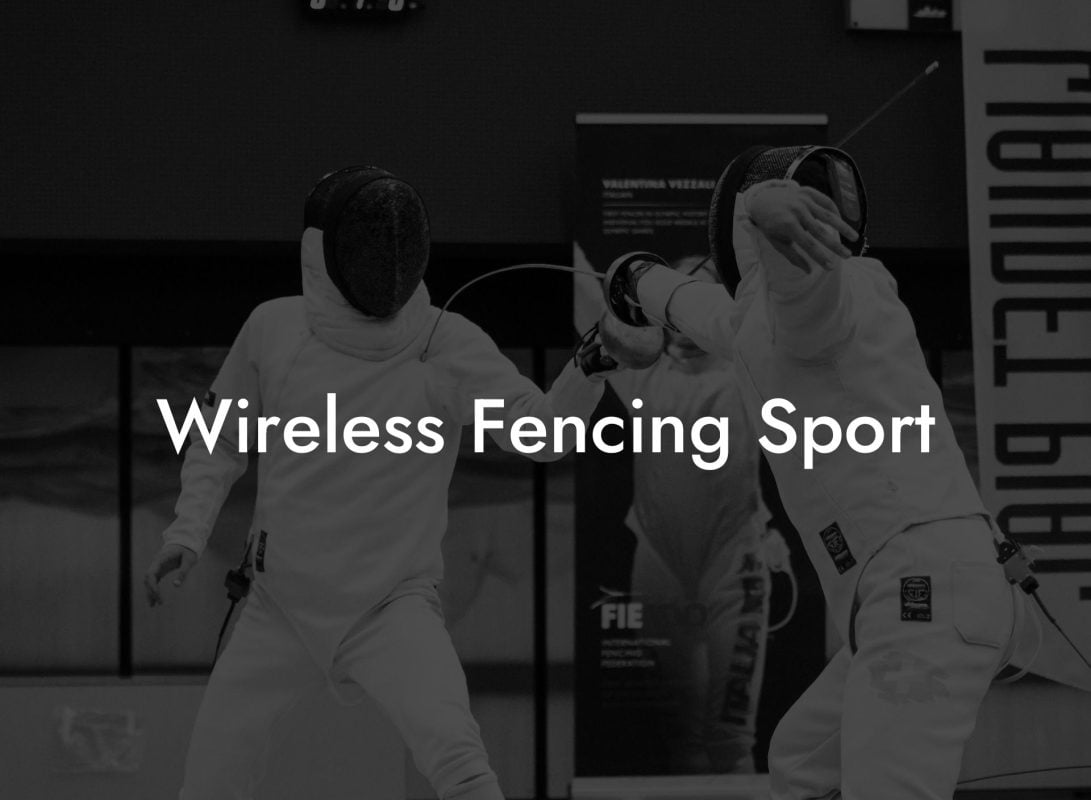Have you ever been intrigued by the art of fencing and wondered how to get started in this exhilarating sport? Well, you're in the right place! Welcome to Anchorage Fencing Club, where we provide you with all the resources you need to begin your journey into the world of fencing. In this article, we will introduce you to the main line fencing sport, its history, and how you can get involved. Get ready to embark on an adventure that will test your mental and physical skills while making new friends and discovering a fascinating sport!
Main Line Fencing Sport Table of Contents
A Brief History of Fencing
Fencing has its origins in the ancient art of swordsmanship, with historical records of fencing competitions dating back to the 12th century. The modern sport of fencing, as we know it today, grew in popularity during the Renaissance era, culminating in the formation of various fencing academies and schools across Europe.
Fencing made its way to America in the 19th century and has since then evolved into a popular and competitive sport. It also became a part of the Olympic Games in 1896 and has been a mainstay ever since.
Understanding the Three Main Types of Fencing
In modern fencing, there are three distinct categories, each with its unique weapons, rules, and techniques. The three main types of fencing are:
1. Foil: A lightweight, flexible weapon with a blunted point. Scoring in foil fencing happens when you make contact with the opponent's torso with the tip of the weapon. The foil emphasizes speed and accuracy to provide an exciting and fast-paced experience.
2. Epee: A heavier weapon compared to the foil, with a thicker, rigid blade. In epee fencing, the entire body is a valid target, and points are scored by making contact with the tip of the weapon. This type of fencing encourages strategic thinking, as fencers must weigh the risks and rewards of their actions carefully.
3. Sabre: The sabre is a cutting and thrusting weapon, characterized by its unique, curved blade. The target area in sabre fencing includes the opponent's torso, arms, and head. Sabre fencing is known for its aggressive, fast-paced bouts and requires a combination of speed, agility, and precise technique.
How to Get Started in Fencing
If you're eager to jump into the world of fencing, here's what you need:
- Find a Local Club or Class: A quick online search will help you locate a fencing club or class in your area that offers beginner programs and lessons. These programs will teach you the fundamentals of fencing, including the basic rules, techniques, and strategies.
- Acquire the Right Gear: Fencing requires specific protective gear, including a mask, jacket, and glove. Most clubs and classes will provide equipment for beginners, but as you progress, you may want to invest in your gear that suits your preferences and needs.
- Practice: Like any sport, practice is essential in fencing. Regularly attending classes and practicing on your own will help you develop your skills and build your confidence in the sport.
Main Line Fencing Sport Example:
Imagine a foil fencing bout between two beginners: Anna and Beth. Anna starts by taking an aggressive approach, quickly closing the distance and attempting to score with a lunge. Beth, on the other hand, stays calm and uses her footwork to keep Anna at bay. By maintaining a safe distance and carefully observing her opponent, Beth is able to time a perfect counter-attack, scoring a point by hitting Anna's torso when she lunges.
With each exchange, both fencers learn more about their opponent's tactics and make adjustments accordingly, creating a dynamic, strategic match that showcases the exciting nature of the sport.
Congratulations! You've taken the first steps towards understanding the thrilling world of main line fencing sport. We hope this article has ignited your passion for fencing and provided you with valuable resources to pursue your new-found interest. Be sure to share this guide with your friends and family, and encourage them to join you on your fencing journey. Don't forget to explore other articles on Anchorage Fencing Club for even more insights, tips, and guidance on all things fencing. Until then, we wish you luck and success on your fencing adventure!



